How many times have you had a student get stuck on a high frequency word – even after repeated exposure? More times than you can recall, right? Me too, my friend. Me too. In this post, I’m sharing a more effective way to teach high frequency words: heart words!
Does this internal dialogue sound familiar?
“Okay, she’s seen the word ‘was’ at least fifteen times now! She’s practiced reading it on flash cards for a whole week! She’s got it this time! I know it!”
And then, this student comes to the word ‘was’ and instead of “knowing it by sight” because she’s seen it fifteen times, she sounds it out: /w/ /a/ /s/ (like in ‘gas’ except with /w/ instead of /g/). Uh oh. We’re back to square one. Memorization didn’t do the trick!
But I’m here with some great news!
Rote memorization is not the only way! There’s a more effective way to teach high frequency words. The best part? It’s backed by science!
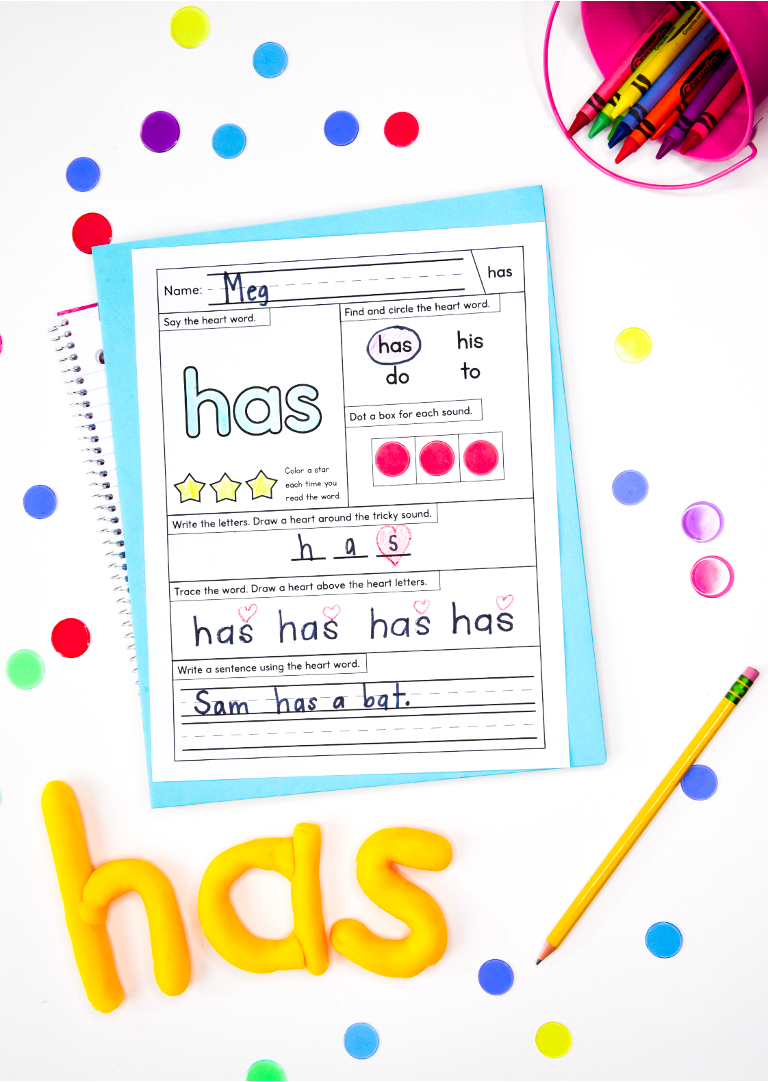
The Heart Word Method
Thanks to scientifically based reading research, there is a better, more effective way to teach high frequency words than rote memorization using flash cards and skill and drill activities. It’s called the heart word method! Just like phonics skills, high frequency words need to be taught explicitly. While some high frequency words are fully decodable (example: at, am, it), many don’t fully follow phonics patterns (example: you, from). However, that doesn’t mean we can’t teach students to use those same sound-symbol relationships (phonics rules) to read high frequency words. We CAN!
The heart word method teaches students to sound out the parts of irregular words that follow traditional, regular phonics patterns. This leaves just a small part of the word that they need to learn: the heart part!
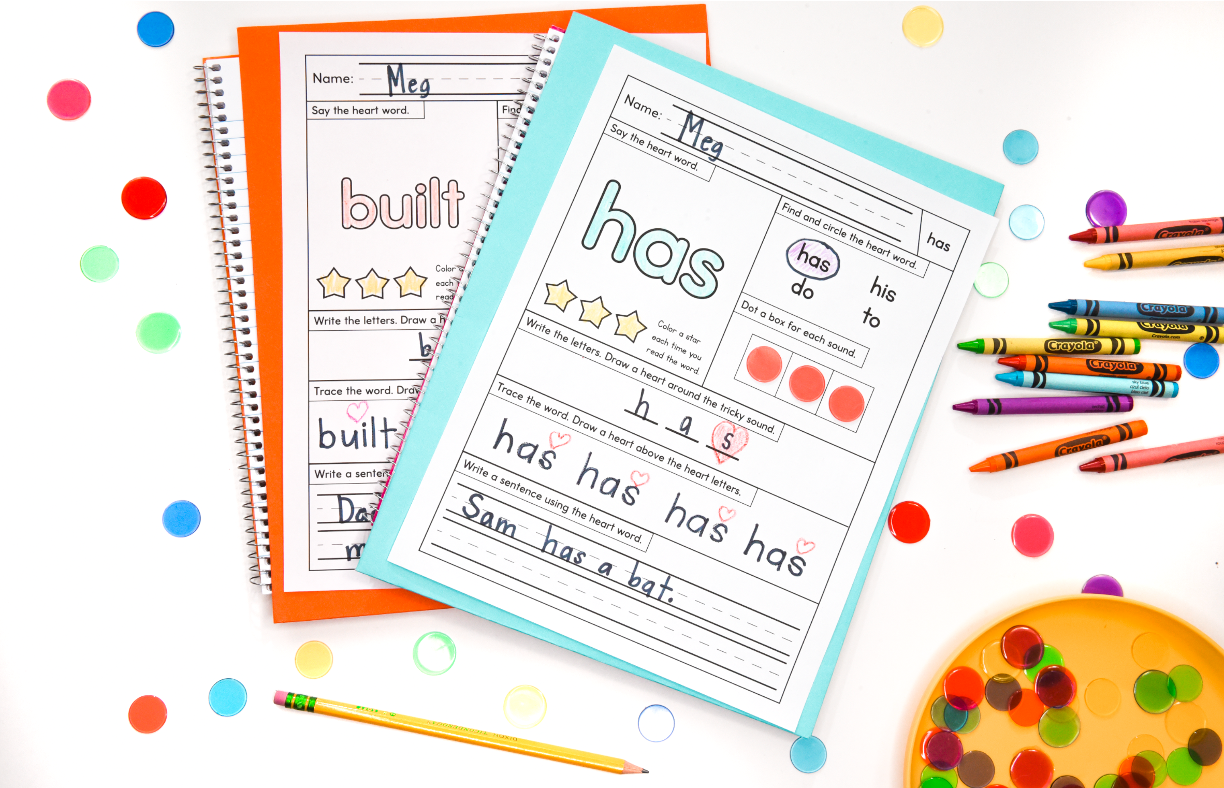
What are permanent heart words?
Permanent heart words are permanently irregular words. This means they have one or more sound-spellings that are unique to that word (or just a few words) and are not completely decodable.
For example: the words one, of, two, & been are permanently irregular. Their sound-spellings are unique to those words. You will need to explicitly teach these heart words to your students.
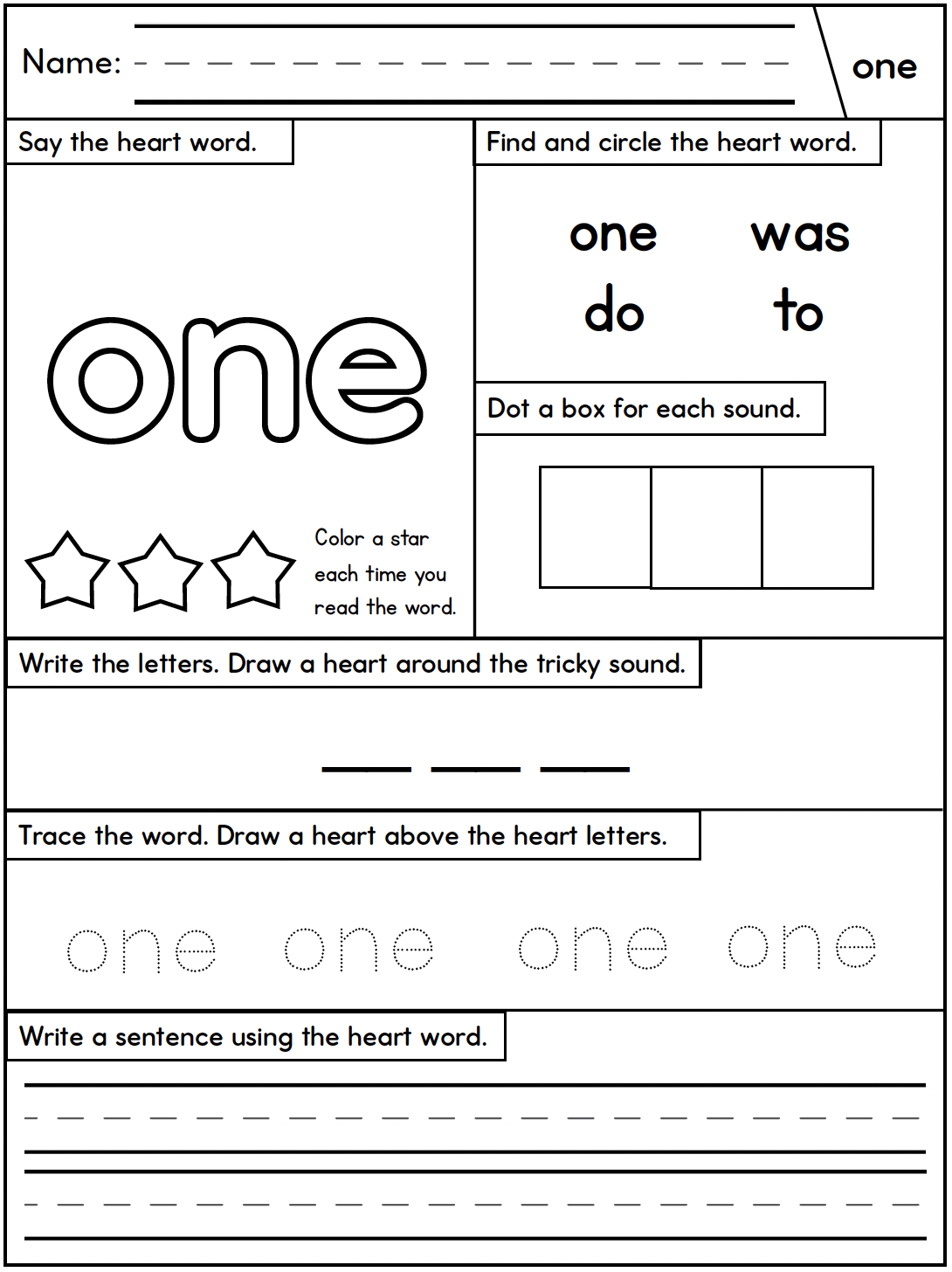
Did you know that 100-200 high frequency words account for approximately 50% of words used in school texts? Out of that list of high frequency words, almost 25% are permanently irregular. This is why it is imperative that we explicitly teach these words to our students.
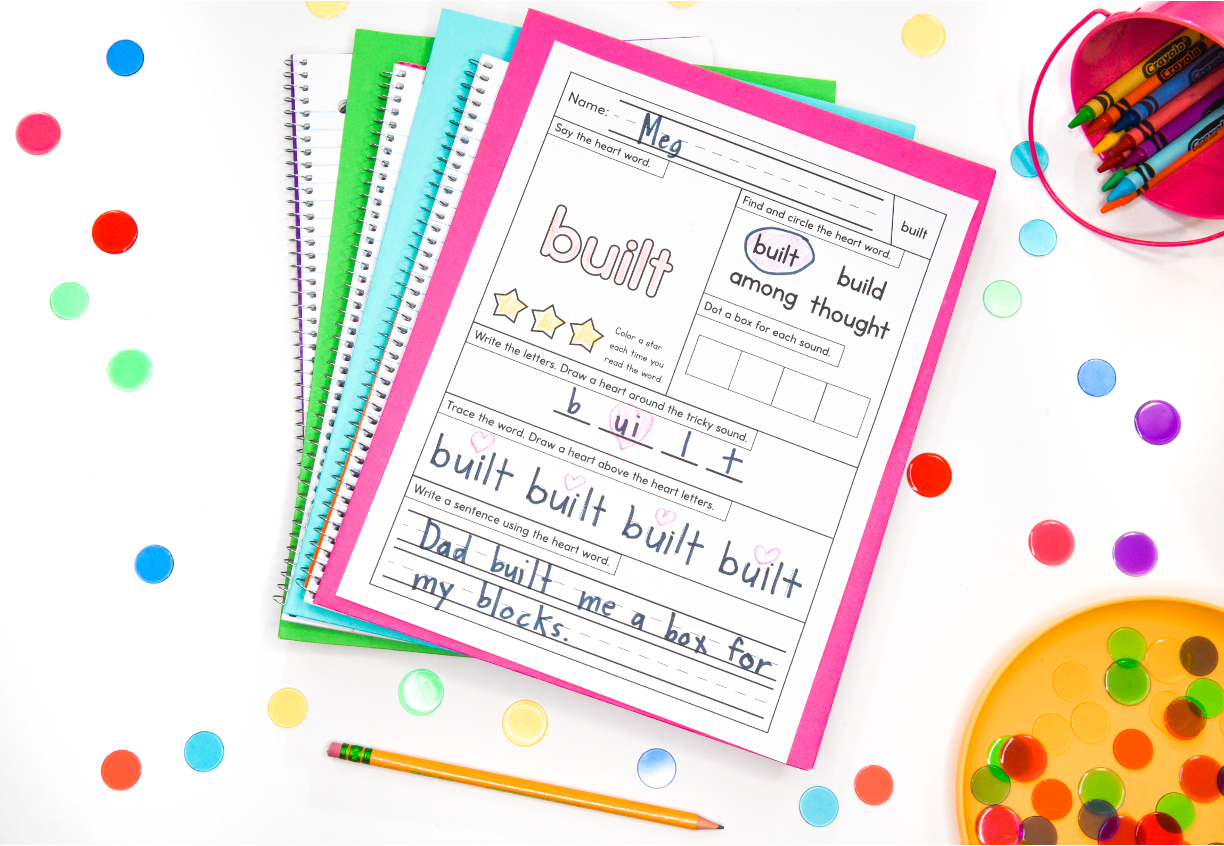
What are temporary heart words?
Some words are what we call temporary heart words. A word is a temporary heart word if it includes sound-spellings that have not been explicitly taught yet (this will depend on your scope and sequence and each student’s phonics skills). These are temporary only until students have received explicit phonics instruction for that phonics skill.
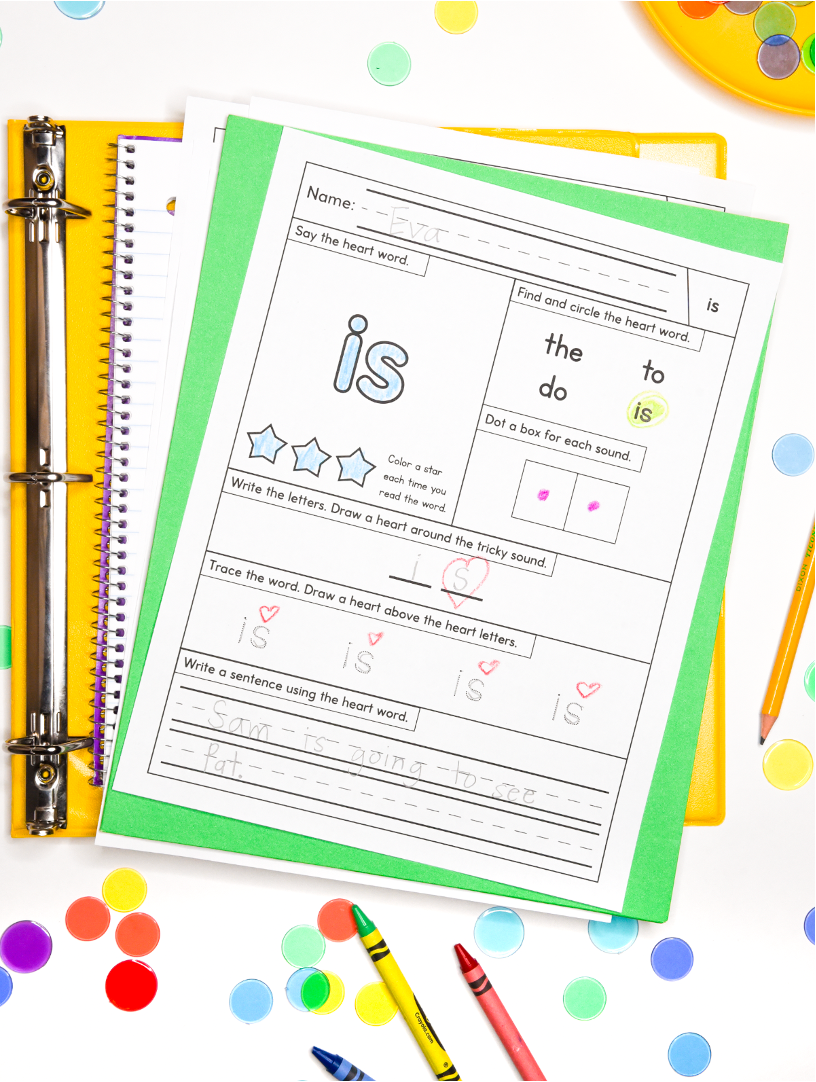
For example: the word ‘too’ is a temporary heart word only until students learn that the diphthong /oo/ is spelled “oo”. So, if your students know that ’t’ makes the /t/ sound, then they only need to learn the heart part – ‘oo’ makes the /oo/ sound. Therefore, until students learn the diphthong /oo/ spelled “oo” they will need to heart the “oo” in ”too”.
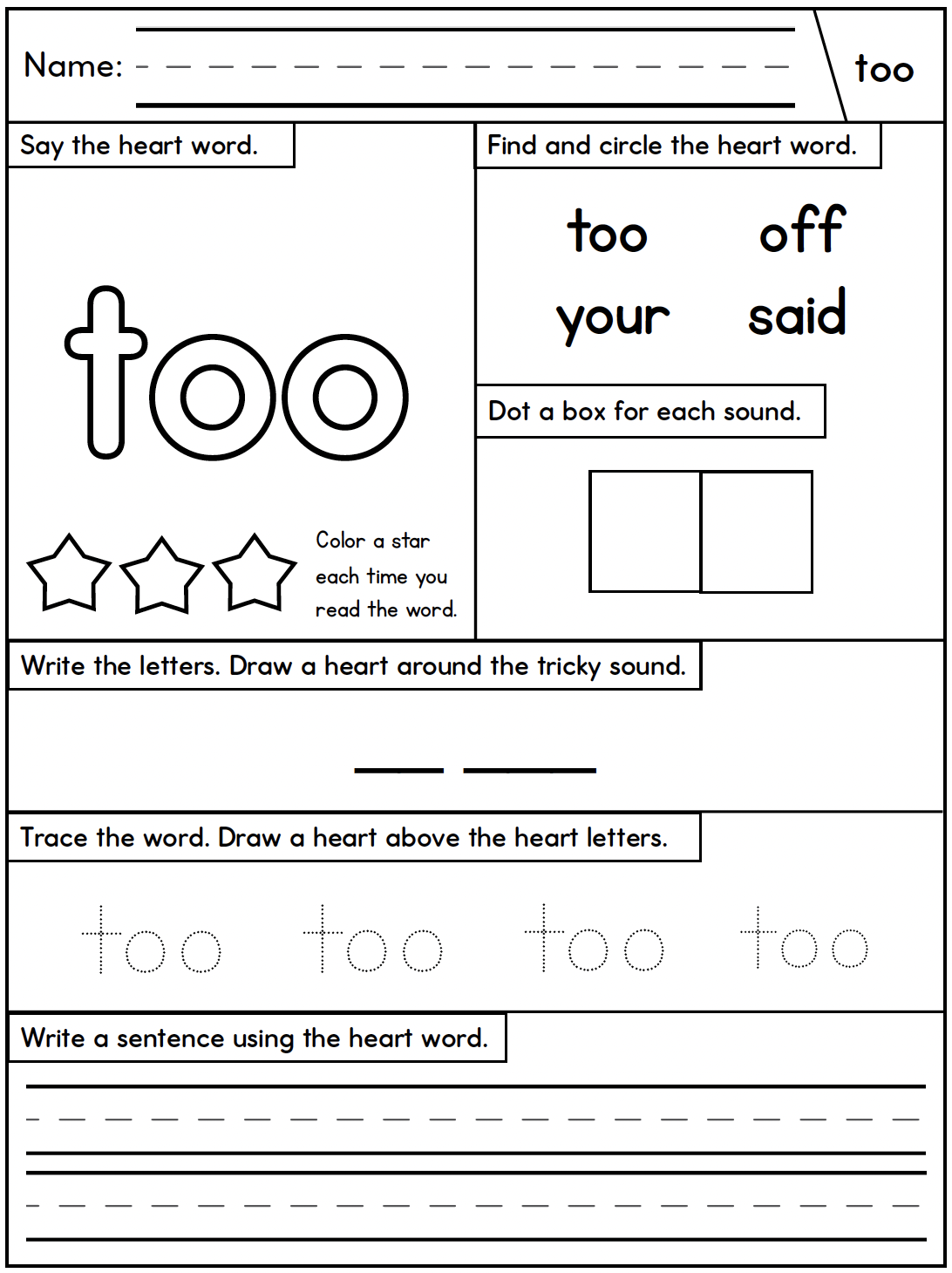
What are flash words?
You may notice that some high frequency words are fully decodable and regularly spelled. These are often called flash words. Flash words are included because students still need to practice and read these words. Also, students THRIVE with consistency!
Here are two examples of fully decodable high frequency words (aka: flash words). The words “let” and “him” are fully decodable and are regularly spelled (/l/ /e/ /t/ and /h/ /i/ /m/ . This means there are no heart parts in these words (unless, of course, your students have not received explicit phonics instruction for these sound-spellings yet).

Free Heart Word Magic Website
If you are looking for a digital resource that you can implement in your classroom to work on high frequency words, an excellent source is the Heart Word Magic website. This site has free activities for your students to practice. They provide many heart words you can share with your class to easily illustrate and make learning new and exciting with great graphics and animation.
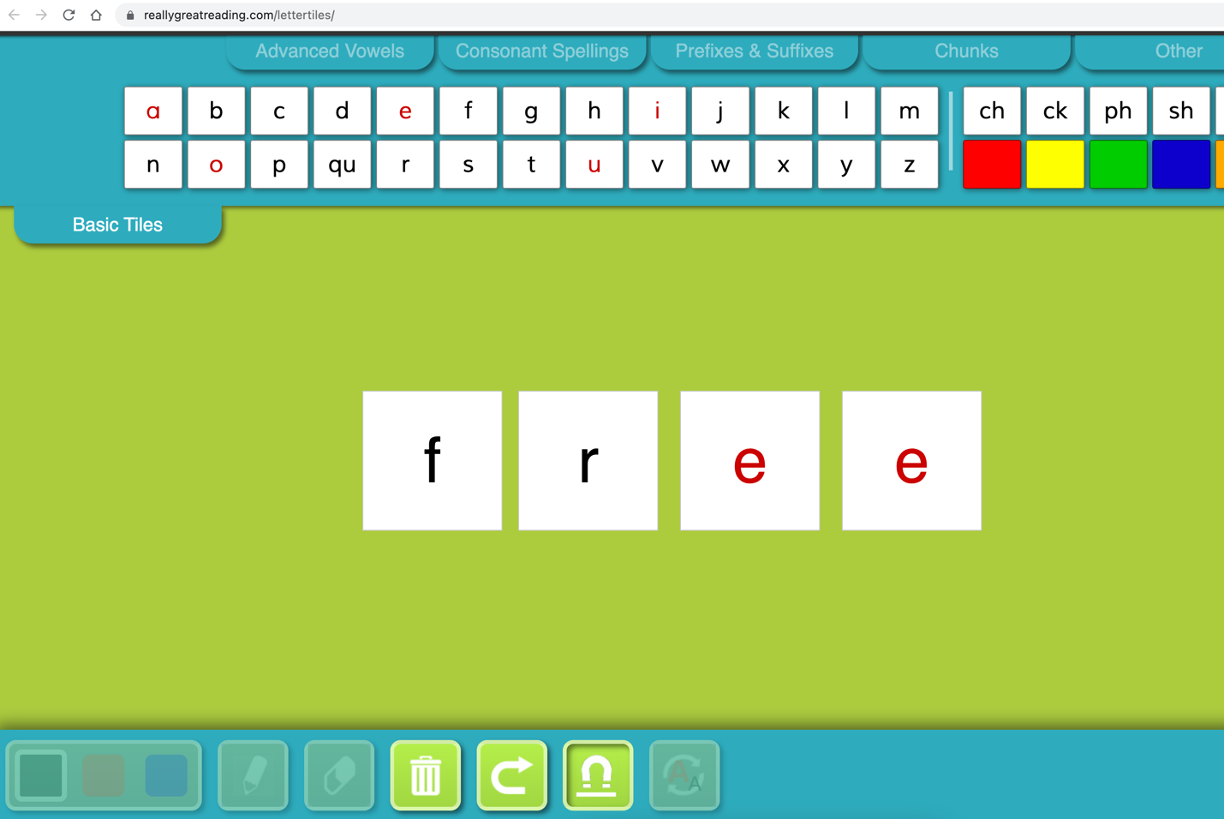
Heart Word Resource
If you are needing a resource that teaches your students how to orthographically map high frequency words (sight words) using the heart word method, then you’re at the right place!
This no-prep high frequency word resource is aligned to the science of reading and based on best practices. The heart word practice sheets provide multiple opportunities for students to practice each heart word. The words are presented alphabetically & are aligned with UFLI Foundations and Dolch flash words).
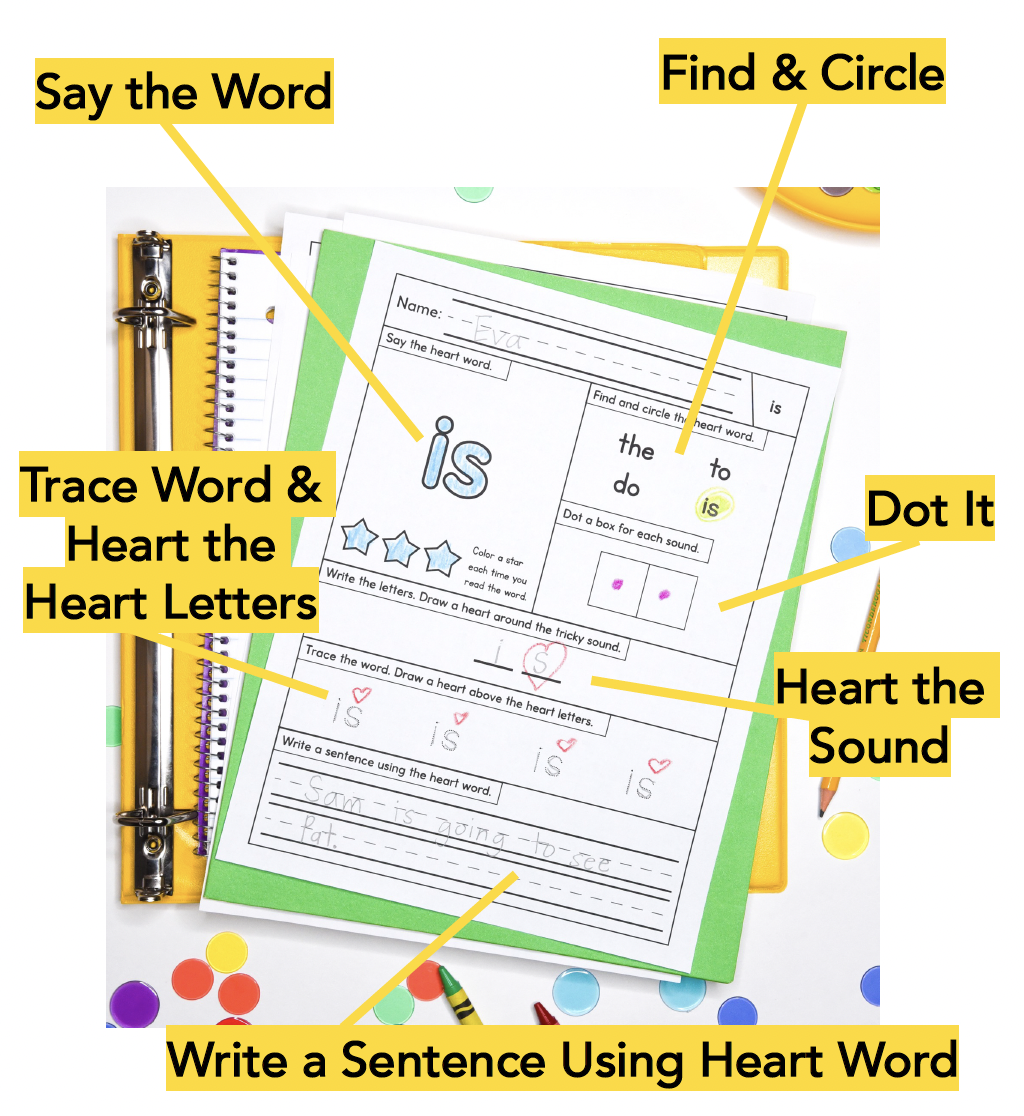
To use these sheets, students will:
- Say the word and color a star after each read.
- Find and circle the word.
- Dot a box for each sound.
- Write the letters for each sound. Draw a heart around the heart part (if it is a heart word).
- Trace the word.
- Write a sentence using the word.
If you’re interested in using this heart word bundle in your classroom, you can download it at 50% off here.
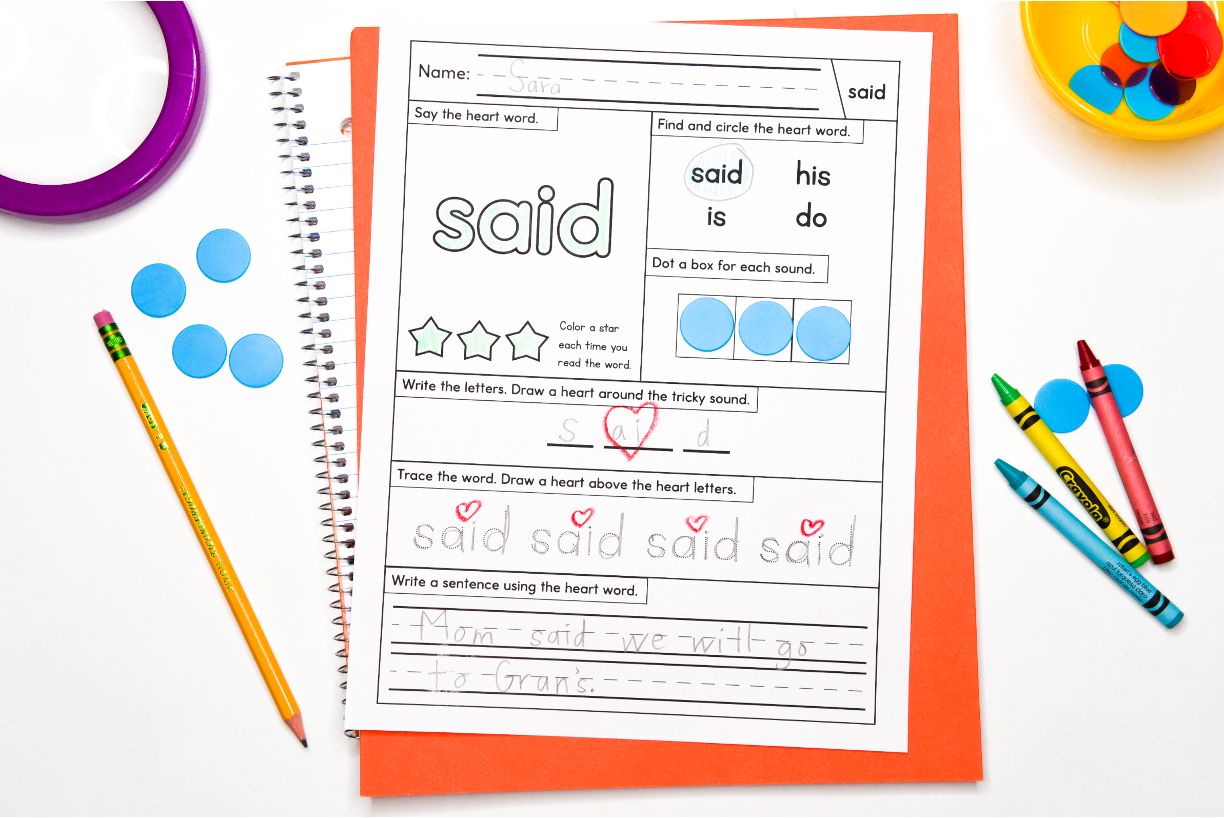
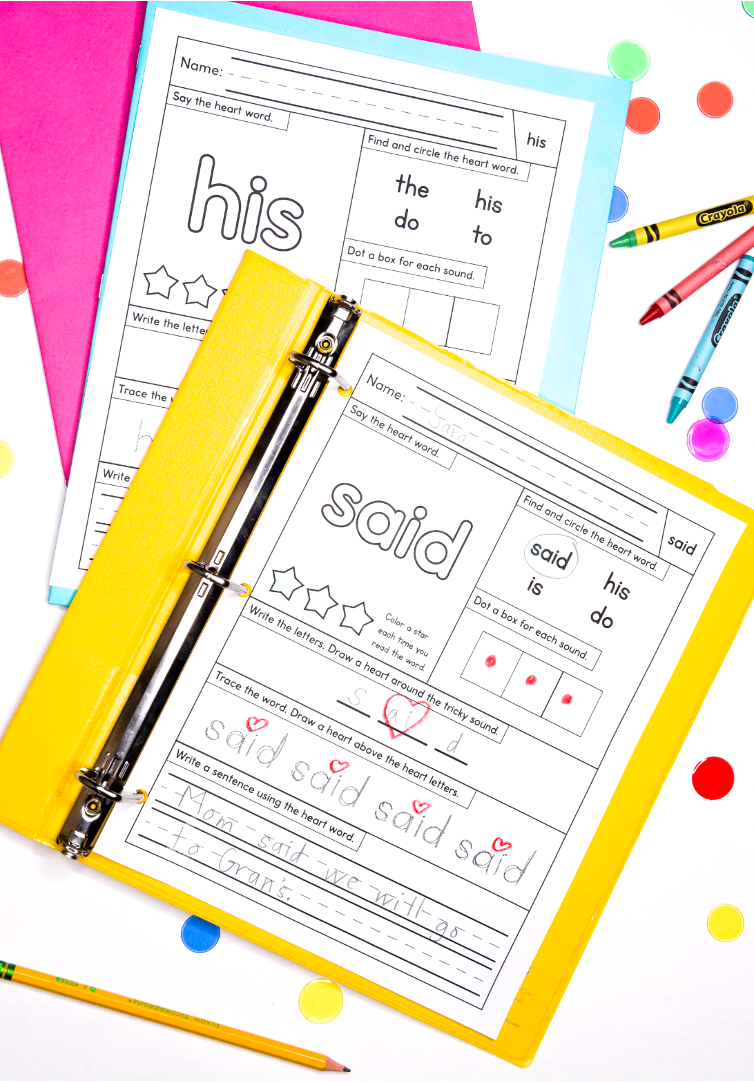
If you have any questions about how to implement these activities in your classroom, please leave me a comment below or contact me at lyndsey@lyndseykuster.com.
Happy teaching!

